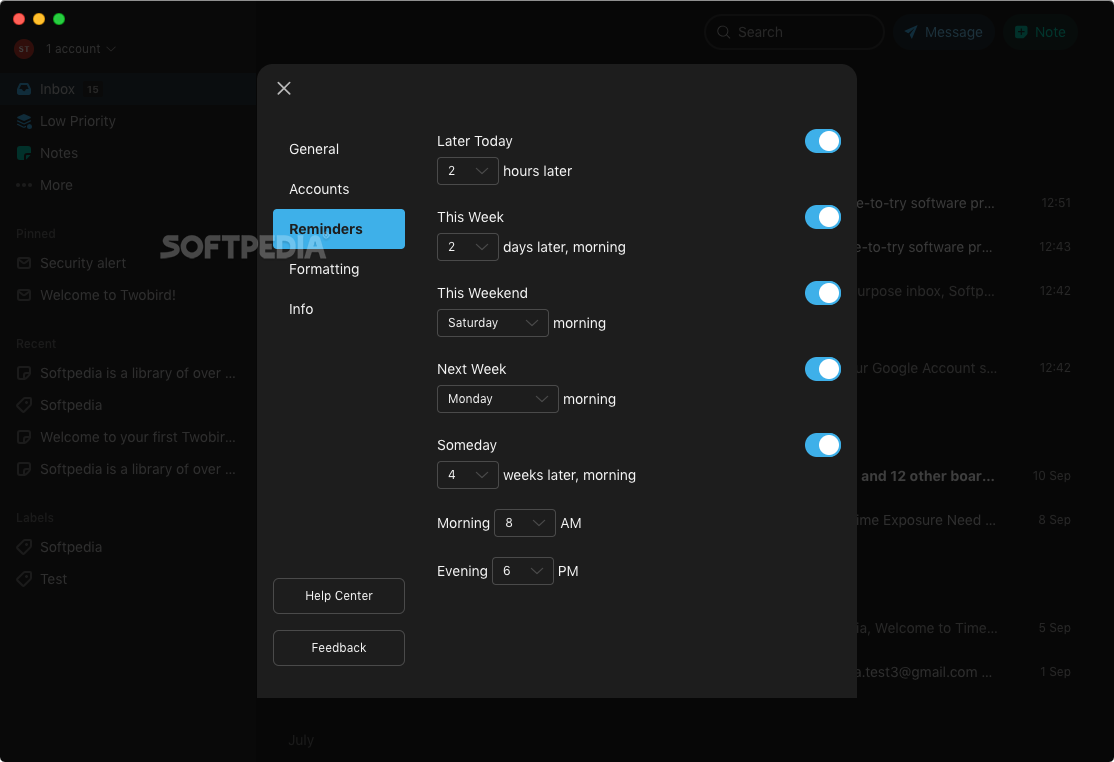

In Mediterranean mixed forests, nevertheless, the abundance of caterpillars is relatively low and it is spiders that play a key role in the diet of great tits, at least for nestlings. However, most studies on the topic have been conducted at localities where caterpillars are by far the most relevant prey brought to the nestlings. Great tits and blue tits have been classical model species in studies of trophic competence. Resource partitioning is a central issue in ecology because it can establish to which point similar species can coexist in the same habitat. We suggest that the stability of the kittiwake and common guillemot populations at Kharlov is due to better feeding conditions than in colonies of the Norwegian coast, linked to a possible eastward shift of the capelin population with the temperature increase of the Barents Sea. Only the Brünnich's guillemot showed a decrease at Kharlov until 1999. Likewise, the common guillemot population, after a crash in 1985, was recovering at Kharlov while Norwegian populations were decreasing. The kittiwake population did not decrease as seen in north Norwegian populations. The community matrix shows that the community was not stable. The timing of breeding was negatively correlated to biomass of the main pelagic fish in the Barents Sea, the capelin (Mallotus villosus), which suggests an indirect action. The timing of kittiwake breeding negatively affected the number of breeding Brünnich's guillemots. We found a competitive effect only for the kittiwake breeding population size on the common guillemot breeding population size when kittiwakes were abundant. We applied competitive interaction models to data on three seabird breeding populations: black-legged kittiwake (Rissa tridactyla), common guillemot (Uria aalge) and Brünnich's guillemot (Uria lomvia) collected over 27-years at Kharlov Island in the Barents Sea. In mixed colonies, seabirds may have to cope with interspecific and intraspecific competition for both space and food resources. One such constraint is the relationship between conspecifics and competitors. For the average user, Twobird is more than you will ever need.In a changing environment, the maintenance of communities is subject to many constraints (phenology, resources, climate, etc.). If you're like me and just want a nice UI with basic features and a few nice features here and there I would highly suggest Twobird. If you're looking for a massive feature-rich email client maybe Twobird isn't for you.
Twobird windows#
They don't seem to support Windows which is a bummer.
Twobird mac#
This seems like a common theme with Mac apps. This was something I struggled with when looking at other apps. It's nice having the same app across all the platforms. One of my favorite things about Twobird other than the UI is that it works on PC, Mac, or your iPhone. You can assign notes to other people, or set a reminder for yourself. Handy if you don't use other apps for this or if you prefer to keep all your stuff in one app.

You also have a built-in note-taking section. In the future, I may move to it, however. Again it's just enough features for me to use that it is nice to have.

Twobird as most email clients has a built calendar function. They may have been out of the office etc, but it reminds me and allows me to follow up with them again. I don't know how many times I'll email someone and not get something back. Twobird will send me a reminder that whoever I emailed did not reply. I've noticed sometimes I still have to do that.Īnother nice feature that I use is when I send an email. This saves you some time from going to the websites and unsubscribing via the links provided. Twobird will try to unsubscribe you automatically. One feature I really enjoy is the ability for it to see what emails I am ignoring, and provide a clean UI for me to look and unsubscribe from them. I just needed a nice interface with basic features. I'm not exactly a power user so having a million features isn't for me. I didn't struggle with all the extra features of things that I didn't need. For Windows, Mac, and even iPhone the user interface was nice and clean. One of the main things that attracted me to Twobird was the clean interface. So I did some digging and I came across Twobird. I really had no interest in using Outlook.

The other big options just didn't interest me. It was okay, but I prefer having a client on my PC. On Windows, I was making do with Google web client. When I started switching to Mac as my main device I was struggling to find an email client.


 0 kommentar(er)
0 kommentar(er)
